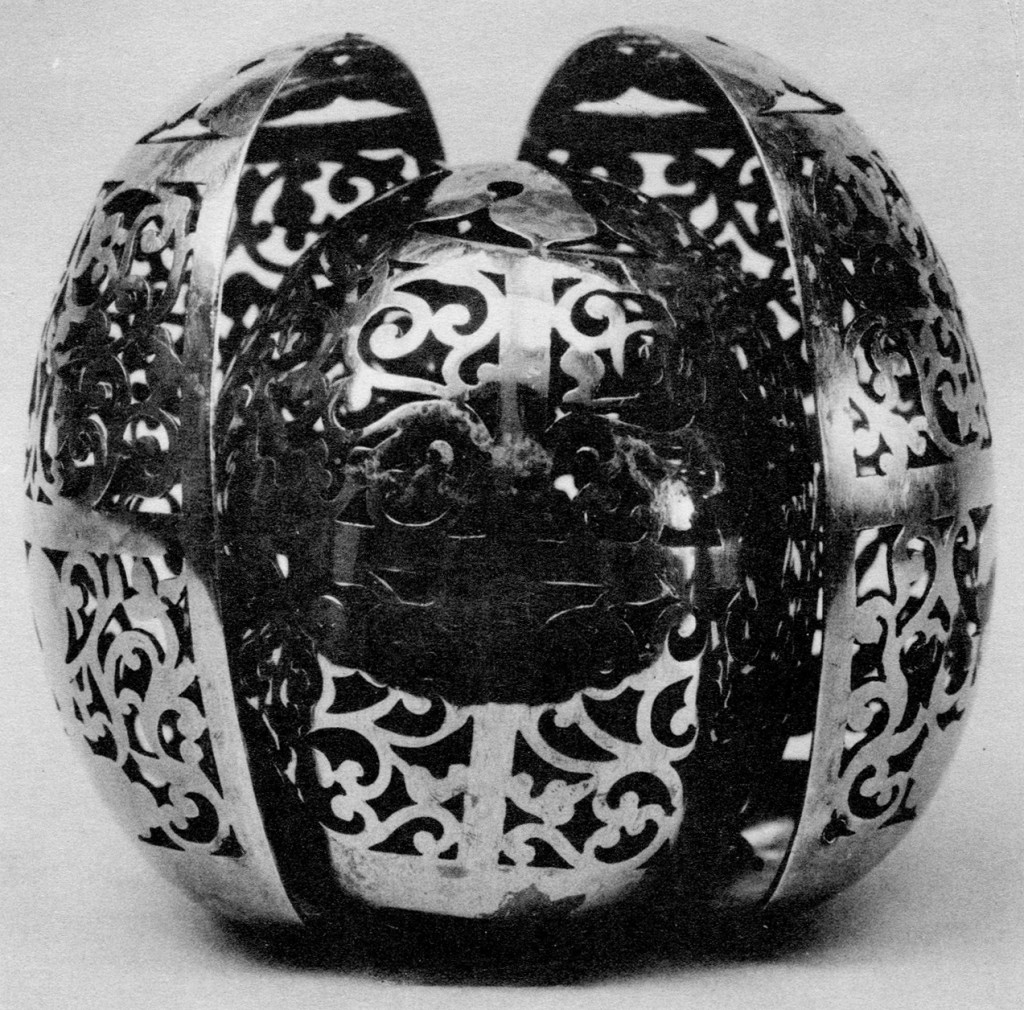Visual and Material Perspectives on East Asia is proud present our schedule for Winter 2014:
All sessions will take place in the Cochrane-Woods Art Center (CWAC)
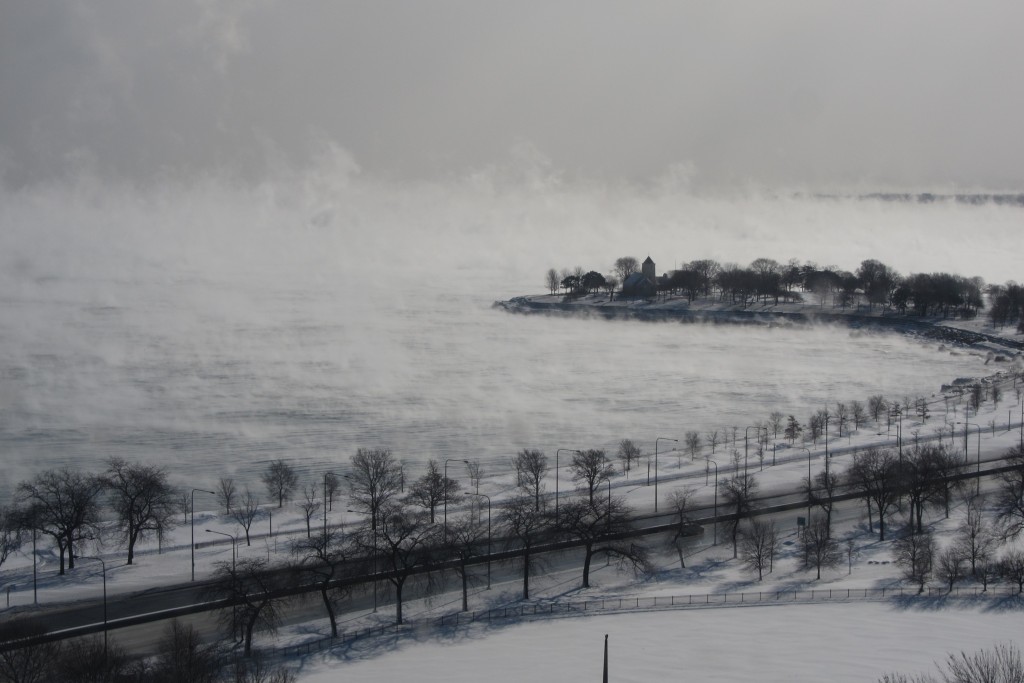 Photo courtesy Wu Hung
Photo courtesy Wu Hung
Friday, January 24, 4-6pm, CWAC 153
Chelsea Foxwell, Assistant Professor (University of Chicago, Art History)
“The Panned Out View: The Illustrated Life of Ippen and the Visibility of Karma in Medieval Japan”
Friday, February 7, 4-6pm, CWAC TBA
Wu Hung (University of Chicago, Art History)
“On Silk Hanging Paintings” (挂幅)of the Tang.”
——-
CAA Special Schedule
Tuesday, February 11, 4:30-6:30pm, CWAC 152 :
Ching-ling Wang, Curator of Chinese Art (Rijksmuseum, Amsterdam)
“Praying for Ten-thousand Goodness: On Ding Guanpeng’s The Buddha Preaching and Its Context in the Qing Court”
Monday, February 17, 4:30-6:30pm, CWAC 152
Eleanor Hyun, PhD Candidate (University of Chicago, Art History)
TBA
Tuesday, February 18, 4:30-6:30pm, CWAC 152
Wang Cheng-hua,(Academia Sinica, Taiwan)
“Art as Commodity: Business Practices Associated with Suzhou Single-Sheet Prints of the Qing Dynasty”
Joint-session with Arts and Politics of East Asia (APEA)
——–
Friday, February 28, 4-6pm, CWAC 153
Quincy Ngan, PhD Candidate (University of Chicago, Art History)
“Circa 1547: Qiu Ying’s Polarizing Blue”
Friday, March 7, 4-6pm, CWAC 152
Yi GU, Assistant Professor (University of Toronto, Art History)
TBA
Joint-session with Arts and Politics of East Asia (APEA)
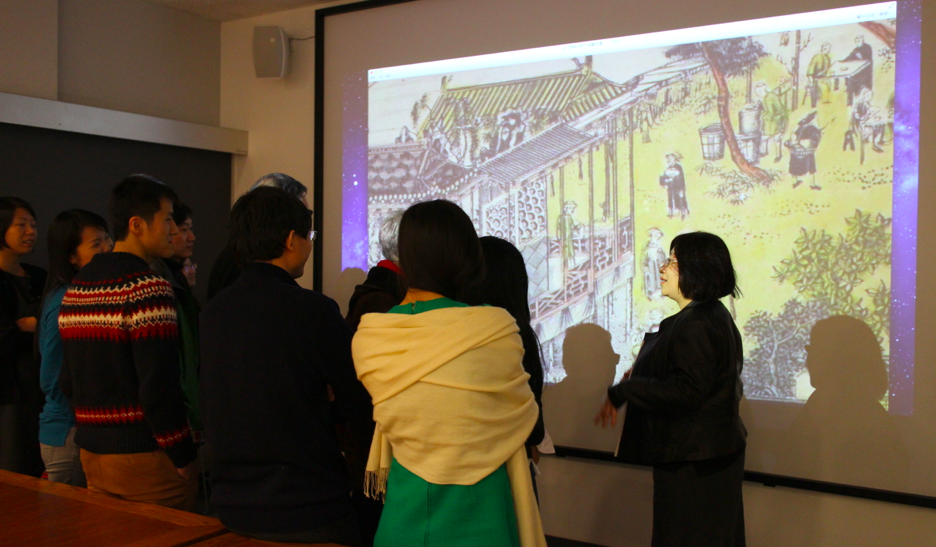
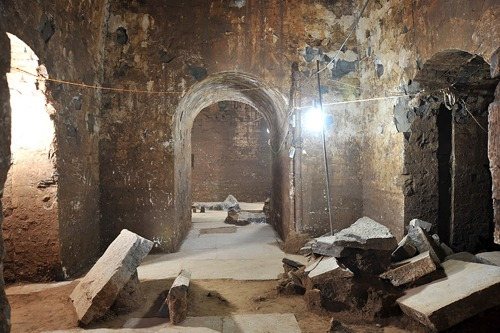
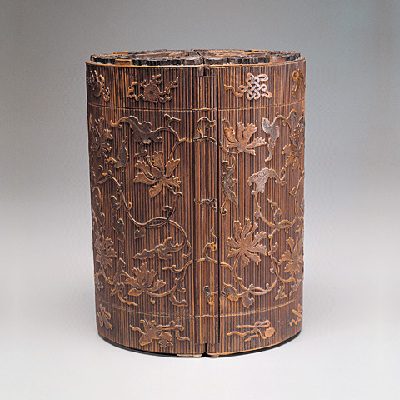
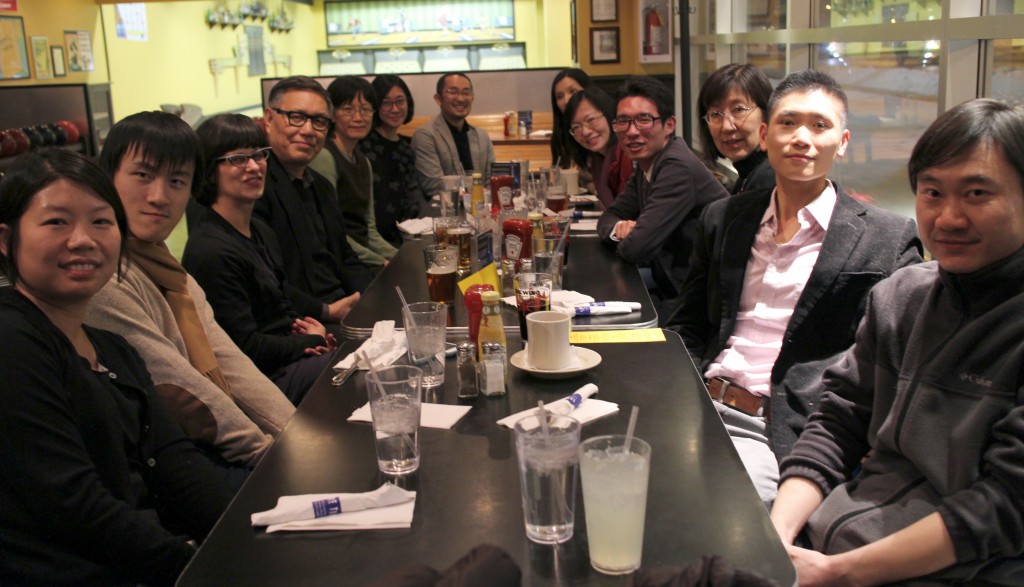

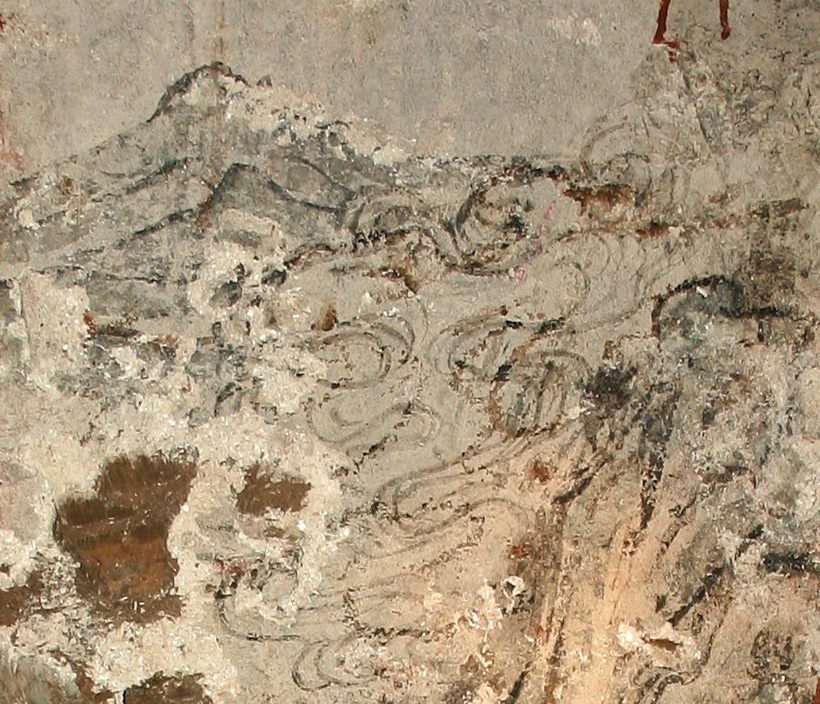
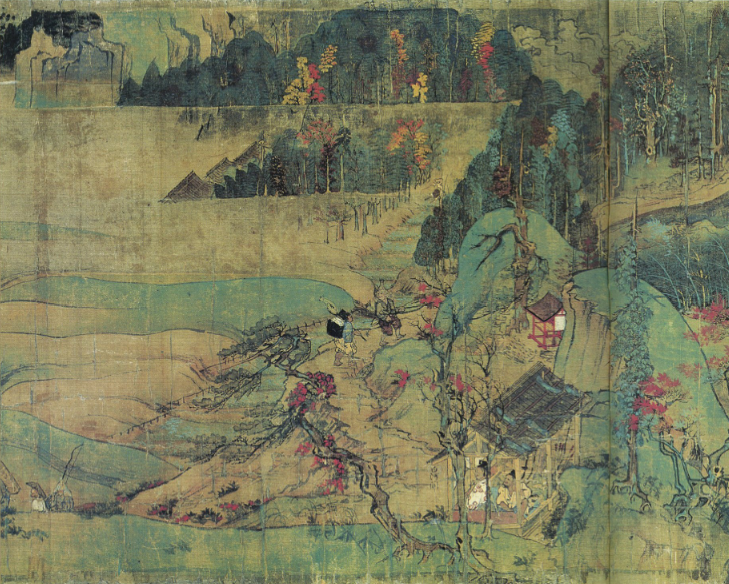
 Photo courtesy Wu Hung
Photo courtesy Wu Hung